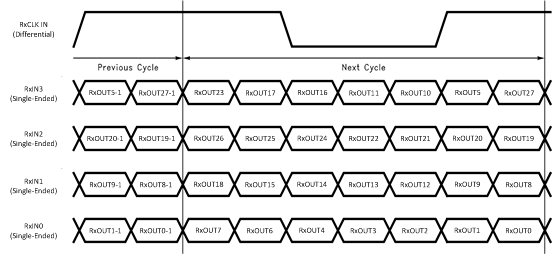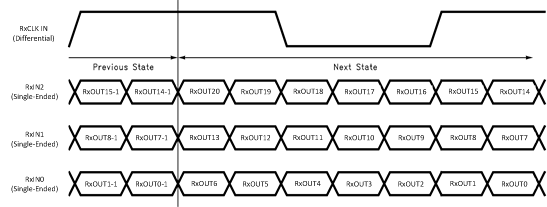SNLS055J November 1999 – May 2016 DS90CF366 , DS90CF386
PRODUCTION DATA.
- 1 Features
- 2 Applications
- 3 Description
- 4 Revision History
- 5 Pin Configuration and Functions
- 6 Specifications
- 7 Detailed Description
- 8 Application and Implementation
- 9 Power Supply Recommendations
- 10Layout
- 11Device and Documentation Support
- 12Mechanical, Packaging, and Orderable Information
6 Specifications
6.1 Absolute Maximum Ratings
over operating free-air temperature range (unless otherwise noted)(1)| MIN | MAX | UNIT | |||
|---|---|---|---|---|---|
| Supply voltage, VCC | –0.3 | 4 | V | ||
| CMOS/LVCMOS output voltage | –0.3 | VCC + 0.3 | V | ||
| LVDS receiver input voltage | –0.3 | VCC + 0.3 | V | ||
| Power dissipation capacity at 25°C | DS90CF366, TSSOP package | 1.61 | W | ||
| DS90CF386 | TSSOP package | 1.89 | |||
| NFBGA package | 2 | ||||
| Lead temperature | TSSOP soldering (4 s) | 260 | °C | ||
| NFBGA soldering, reflow (20 s) | 220 | ||||
| Operating junction temperature, TJ | 150 | °C | |||
| Storage temperature, Tstg | –65 | 150 | °C | ||
(1) Stresses beyond those listed under Absolute Maximum Ratings may cause permanent damage to the device. These are stress ratings only, which do not imply functional operation of the device at these or any other conditions beyond those indicated under Recommended Operating Conditions. Exposure to absolute-maximum-rated conditions for extended periods may affect device reliability.
6.2 ESD Ratings
| VALUE | UNIT | |||
|---|---|---|---|---|
| V(ESD) | Electrostatic discharge | Human-body model (HBM), per ANSI/ESDA/JEDEC JS-001(1) | ±7000 | V |
| Charged-device model (CDM), per JEDEC specification JESD22-C101(2) | ±700 | |||
(1) JEDEC document JEP155 states that 500-V HBM allows safe manufacturing with a standard ESD control process.
(2) JEDEC document JEP157 states that 250-V CDM allows safe manufacturing with a standard ESD control process.
6.3 Recommended Operating Conditions
over operating free-air temperature range (unless otherwise noted)| MIN | NOM | MAX | UNIT | ||
|---|---|---|---|---|---|
| VCC | Supply voltage | 3 | 3.3 | 3.6 | V |
| Receiver input | 0 | 2.4 | V | ||
| VNOISE | Supply noise voltage | 100 | mVPP | ||
| TA | Operating free-air temperature | –10 | 25 | 70 | °C |
6.4 Thermal Information
| THERMAL METRIC(1) | DS90CF366 | DS90CF386 | UNIT | ||
|---|---|---|---|---|---|
| DGG (TSSOP) | DGG (TSSOP) | NZC (NFBGA) | |||
| 48 PINS | 56 PINS | 64 PINS | |||
| RθJA | Junction-to-ambient thermal resistance | 67.8 | 64.6 | 65.7 | °C/W |
| RθJC(top) | Junction-to-case (top) thermal resistance | 22.1 | 20.6 | 23.8 | °C/W |
| RθJB | Junction-to-board thermal resistance | 34.8 | 33.3 | 44.9 | °C/W |
| ψJT | Junction-to-top characterization parameter | 1.1 | 1 | 1 | °C/W |
| ψJB | Junction-to-board characterization parameter | 34.5 | 33 | 44.9 | °C/W |
(1) For more information about traditional and new thermal metrics, see the Semiconductor and IC Package Thermal Metrics application report, SPRA953.
6.5 Electrical Characteristics
over operating free-air temperature range (unless otherwise noted)| PARAMETER | TEST CONDITIONS | MIN | TYP(1) | MAX | UNIT | ||
|---|---|---|---|---|---|---|---|
| LVCMOS DC SPECIFICATIONS | |||||||
| VIH | High level input voltage | 2 | VCC | V | |||
| VIL | Low level input voltage | GND | 0.8 | V | |||
| VOH | High level output voltage | IOH = –0.4 mA | 2.7 | 3.3 | V | ||
| VOL | Low level output voltage | IOL = 2 mA | 0.06 | 0.3 | V | ||
| VCL | Input clamp voltage | ICL = –18 mA | –0.79 | –1.5 | V | ||
| IIN | Input current | VIN = 0.4 V, 2.5 V or VCC | 1.8 | 15 | uA | ||
| VIN = GND | –10 | 0 | uA | ||||
| IOS | Output short circuit current | VOUT = 0 V | –60 | –120 | mA | ||
| LVDS RECEIVER DC SPECIFICATIONS | |||||||
| VTH | Differential input high threshold | V CM = 1.2 V | 100 | mV | |||
| VTL | Differential input low threshold | –100 | mV | ||||
| I IN | Input current | V IN = 2.4 V, VCC = 3.6 V | ±10 | μA | |||
| V IN = 0 V, VCC = 3.6 V | ±10 | μA | |||||
| RECEIVER SUPPLY CURRENT | |||||||
| ICCRW | Receiver supply current worst case |
CL = 8 pF, worst case pattern, DS90CF386, see Figure 1 and Figure 4 | f = 32.5 MHz | 49 | 70 | mA | |
| f = 37.5 MHz | 53 | 75 | mA | ||||
| f = 65 MHz | 81 | 114 | mA | ||||
| f = 85 MHz | 96 | 135 | mA | ||||
| CL = 8 pF, worst case pattern, DS90CF366, see Figure 1 and Figure 4 | f = 32.5 MHz | 49 | 60 | mA | |||
| f = 37.5 MHz | 53 | 65 | mA | ||||
| f = 65 MHz | 78 | 100 | mA | ||||
| f = 85 MHz | 90 | 115 | mA | ||||
| ICCRG | Receiver supply current, 16 grayscale |
CL = 8 pF, 16 grayscale pattern, see Figure 2, Figure 3, and Figure 4 | f = 32.5 MHz | 28 | 45 | mA | |
| f = 37.5 MHz | 30 | 47 | mA | ||||
| f = 65 MHz | 43 | 60 | mA | ||||
| f = 85 MHz | 43 | 70 | mA | ||||
| ICCRZ | Receiver supply current power down(2) |
Power Down = low receiver outputs stay low during power down mode | 140 | 400 | μA | ||
(1) Typical values are given for VCC = 3.3 V and TA = 25°C.
(2) Current into device pins is defined as positive. Current out of device pins is defined as negative. Voltages are referenced to ground unless otherwise specified (except VOD and ΔV OD).
6.6 Switching Characteristics
over operating free-air temperature range (unless otherwise noted)| PARAMETER | TEST CONDITIONS | MIN | TYP(1) | MAX | UNIT | |
|---|---|---|---|---|---|---|
| CLHT | CMOS or LVCMOS low-to-high transition time | See Figure 4 | 2 | 3.5 | ns | |
| CHLT | CMOS or LVCMOS high-to-low transition time | See Figure 4 | 1.8 | 3.5 | ns | |
| RSPos0 | Receiver input strobe position for bit 0 | f = 85 MHz, see Figure 11 and Figure 12 | 0.49 | 0.84 | 1.19 | ns |
| RSPos1 | Receiver input strobe position for bit 1 | f = 85 MHz | 2.17 | 2.52 | 2.87 | ns |
| RSPos2 | Receiver input strobe position for bit 2 | f = 85 MHz | 3.85 | 4.2 | 4.55 | ns |
| RSPos3 | Receiver input strobe position for bit 3 | f = 85 MHz | 5.53 | 5.88 | 6.23 | ns |
| RSPos4 | Receiver input strobe position for bit 4 | f = 85 MHz | 7.21 | 7.56 | 7.91 | ns |
| RSPos5 | Receiver input strobe position for bit 5 | f = 85 MHz | 8.89 | 9.24 | 9.59 | ns |
| RSPos6 | Receiver input strobe position for bit 6 | f = 85 MHz | 10.57 | 10.92 | 11.27 | ns |
| RSKM | RxIN skew margin(2) | f = 85 MHz, see Figure 13 | 290 | ps | ||
| RCOP | RxCLK OUT period | See Figure 5 | 11.76 | T | 50 | ns |
| RCOH | RxCLK OUT high time | f = 85 MHz, see Figure 5 | 4.5 | 5 | 7 | ns |
| RCOL | RxCLK OUT low time | f = 85 MHz, see Figure 5 | 4 | 5 | 6.5 | ns |
| RSRC | RxOUT setup to RxCLK OUT | f = 85 MHz, see Figure 5 | 2 | ns | ||
| RHRC | RxOUT hold to RxCLK OUT | f = 85 MHz, see Figure 5 | 3.5 | ns | ||
| RCCD | RxCLK IN to RxCLK OUT delay | 25°C, VCC = 3.3 V, see Figure 6 | 5.5 | 7 | 9.5 | ns |
| RPLLS | Receiver phase lock loop set | See Figure 7 | 10 | ms | ||
| RPDD | Receiver power down delay | See Figure 10 | 1 | μs | ||
(1) Typical values are given for VCC = 3.3 V and TA = 25°C.
(2) Receiver skew margin is defined as the valid data sampling region at the receiver inputs. This margin takes into account the transmitter pulse positions (min and max) and the receiver input setup and hold time (internal data sampling window - RSPos). This margin allows for LVDS interconnect skew, inter-symbol interference (both dependent on type/length of cable), and clock jitter (less than 150 ps).
6.7 Timing Diagrams
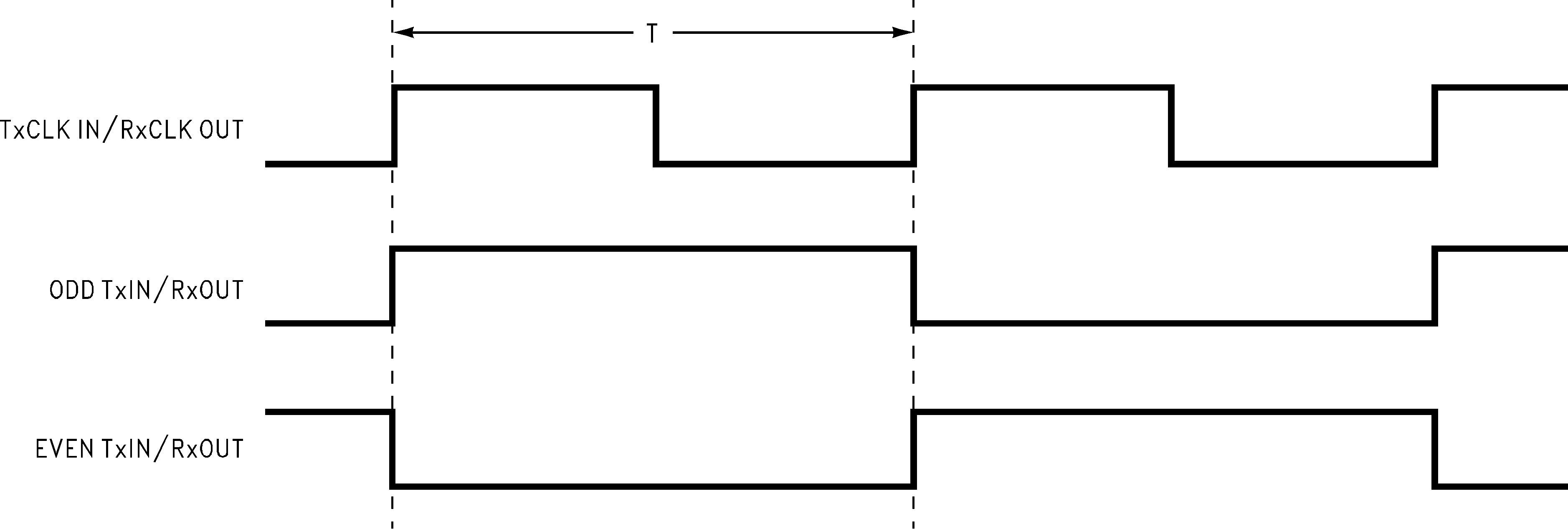 Figure 1. Test Pattern, Worst Case
Figure 1. Test Pattern, Worst Case
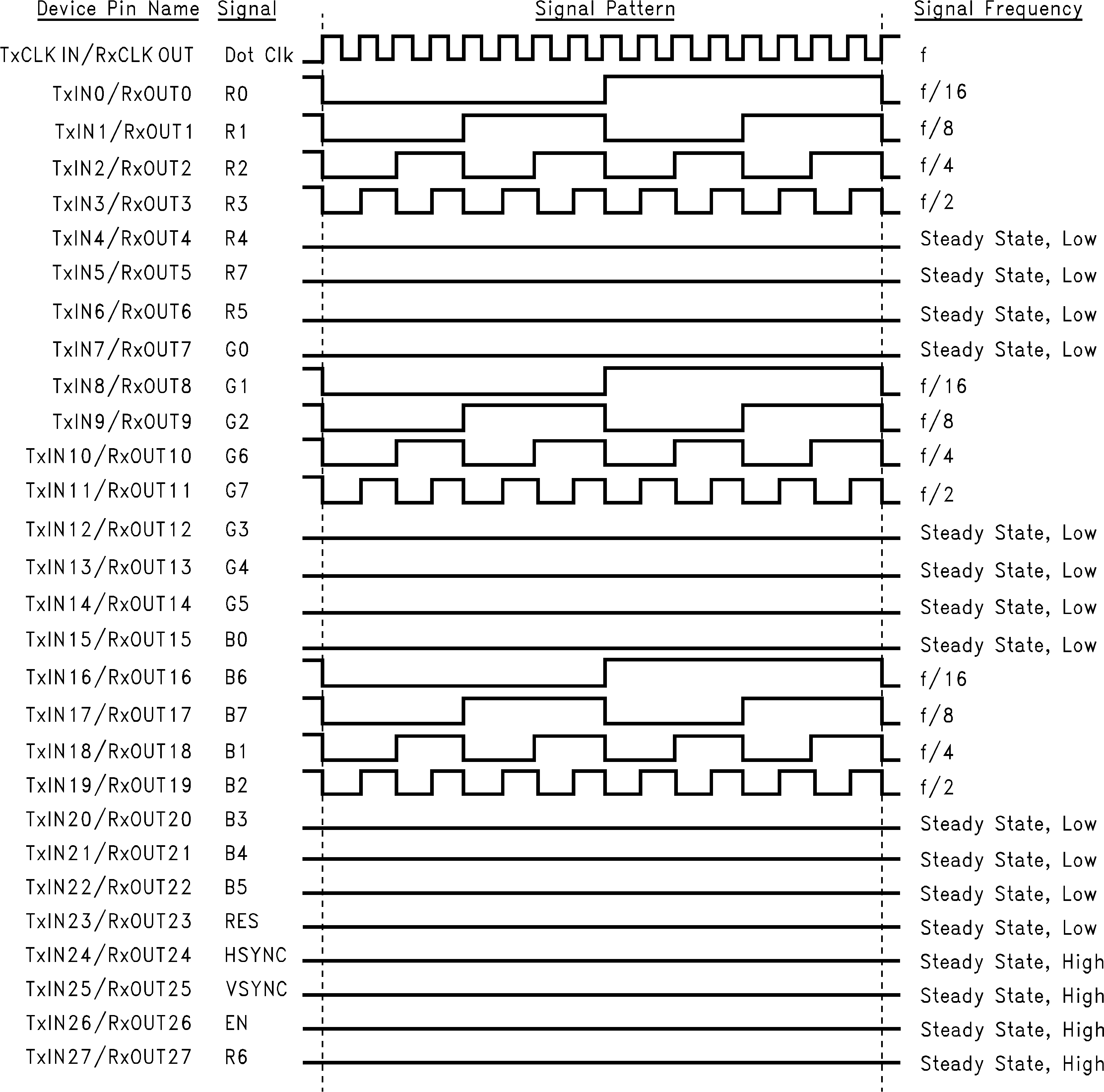
1. The worst case test pattern produces a maximum toggling of digital circuits, LVDS I/O, and CMOS or LVCMOS I/O.
2. The 16 grayscale test pattern tests device power consumption for a typical LCD display pattern. The test pattern approximates signal switching needed to produce groups of 16 vertical stripes across the display.
4. Recommended pin to signal mapping. Customer may choose to define differently.
Figure 2. Test Pattern, 16 Grayscale (DS90CF386)
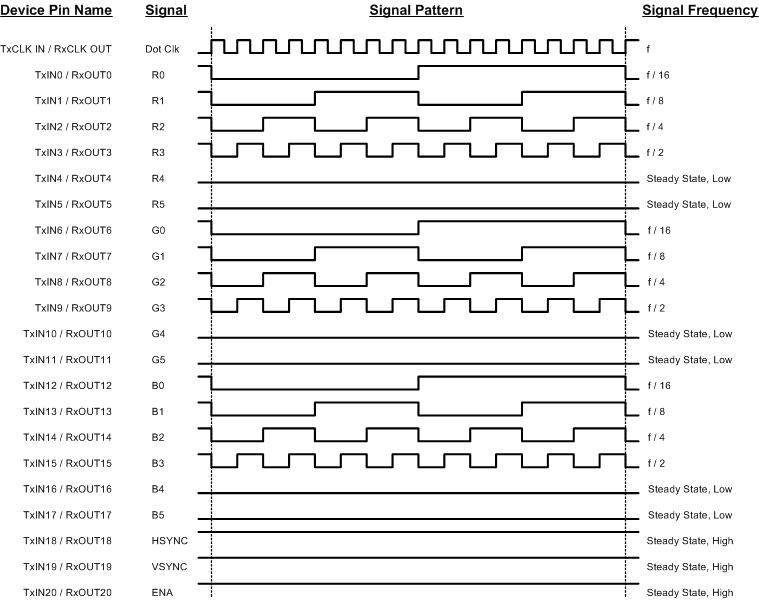
1. The worst case test pattern produces a maximum toggling of digital circuits, LVDS I/O, and CMOS or LVCMOS I/O.
2. The 16 grayscale test pattern tests device power consumption for a typical LCD display pattern. The test pattern approximates signal switching needed to produce groups of 16 vertical stripes across the display.
4. Recommended pin to signal mapping. Customer may choose to define differently.
Figure 3. Test Pattern, 16 Grayscale (DS90CF366)
 Figure 4. DS90CF3x6 (Receiver) CMOS or LVCMOS Output Load and Transition Times
Figure 4. DS90CF3x6 (Receiver) CMOS or LVCMOS Output Load and Transition Times
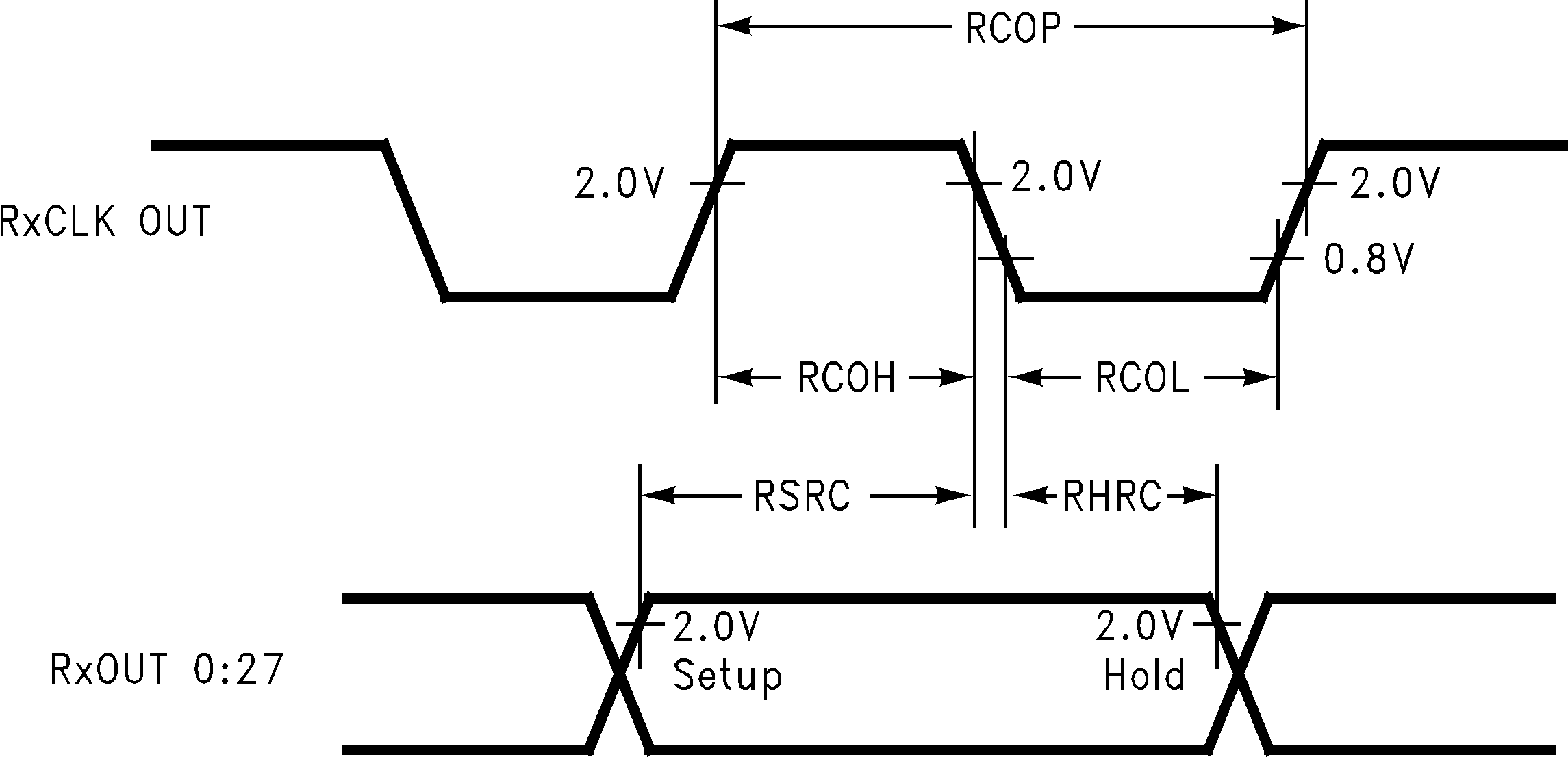 Figure 5. DS90CF3x6 (Receiver) Setup or Hold and High or Low Times
Figure 5. DS90CF3x6 (Receiver) Setup or Hold and High or Low Times
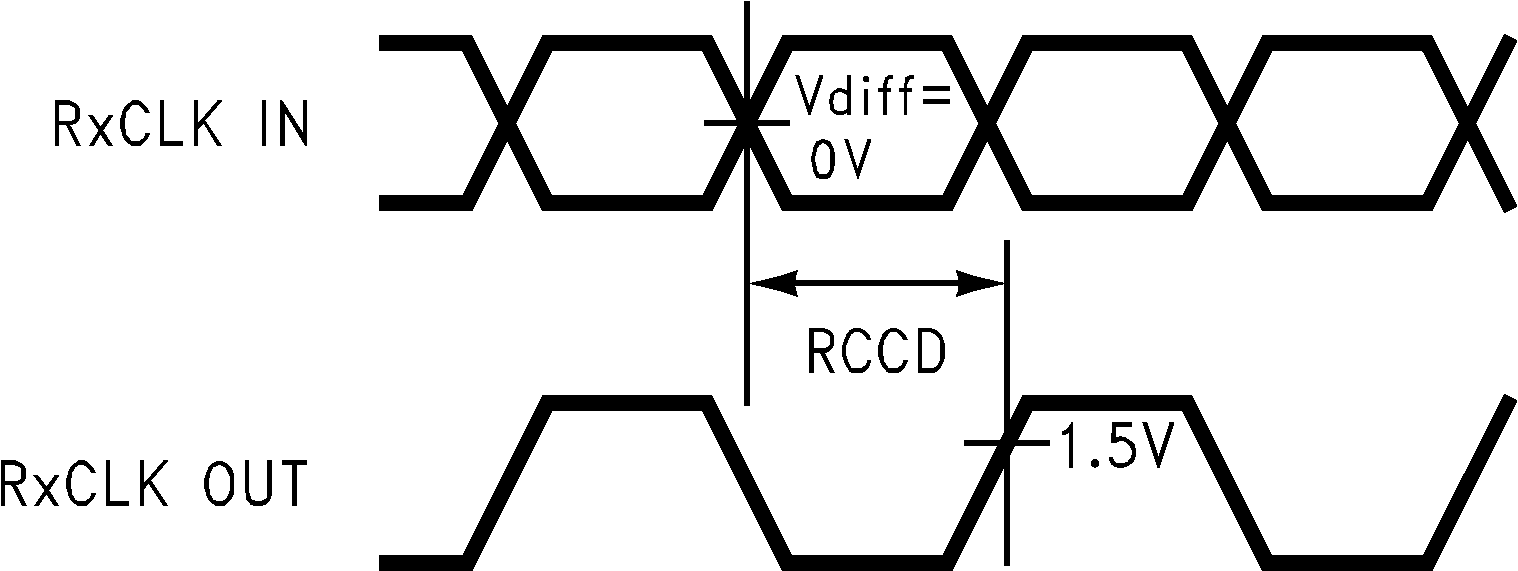 Figure 6. DS90CF3x6 (Receiver) Clock In to Clock Out Delay
Figure 6. DS90CF3x6 (Receiver) Clock In to Clock Out Delay
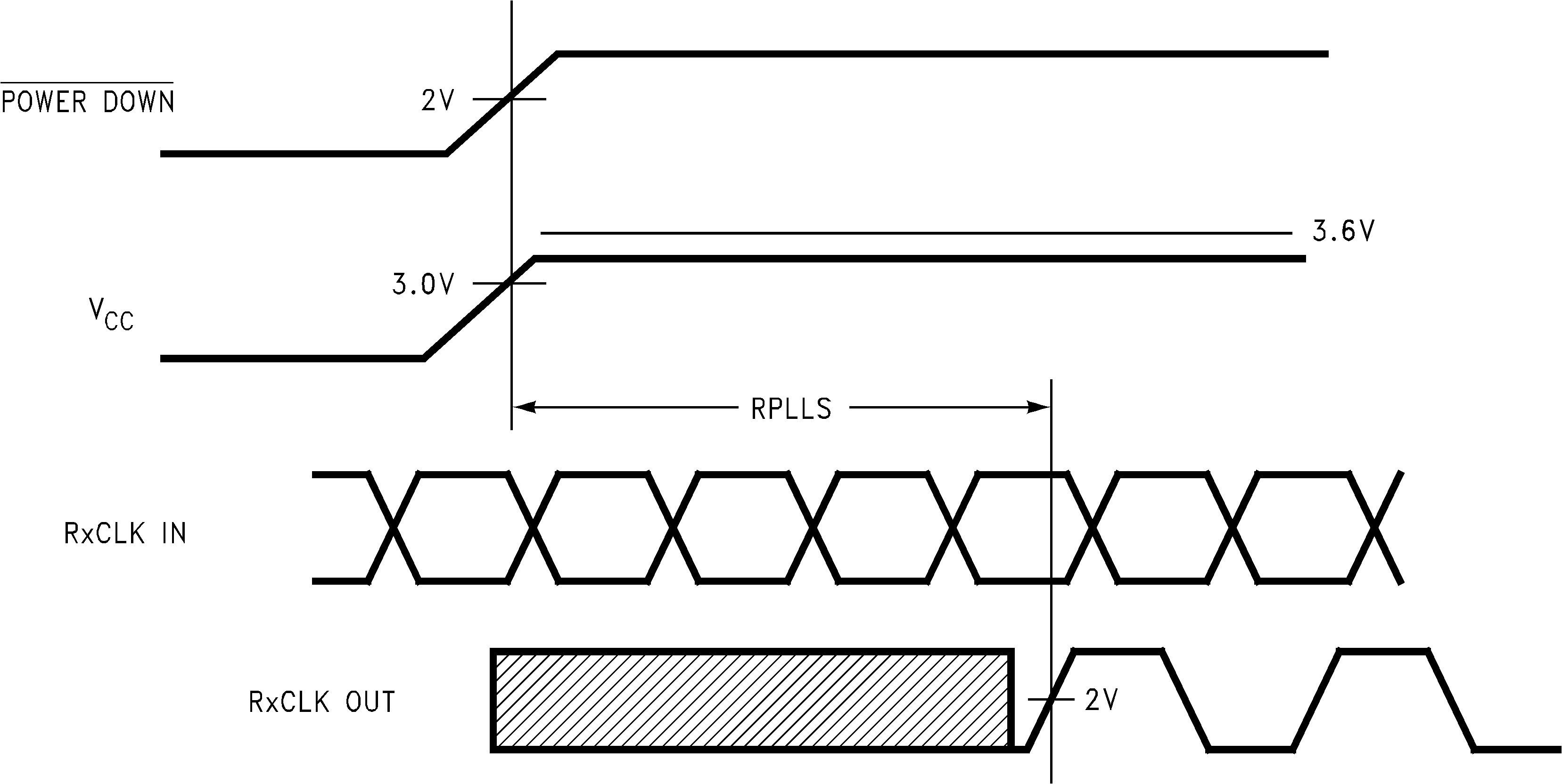 Figure 7. DS90CF3x6 (Receiver) Phase Lock Loop Set Time
Figure 7. DS90CF3x6 (Receiver) Phase Lock Loop Set Time
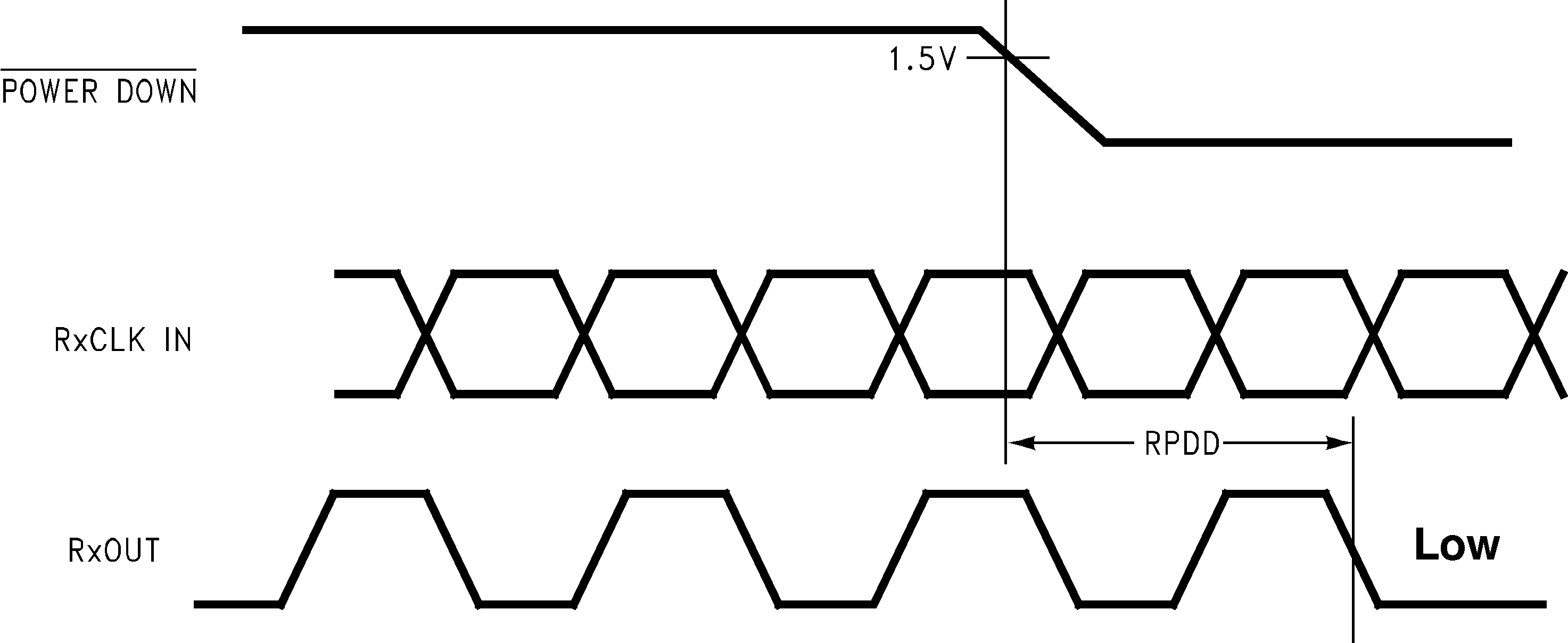 Figure 10. DS90CF3x6 (Receiver) Power Down Delay
Figure 10. DS90CF3x6 (Receiver) Power Down Delay
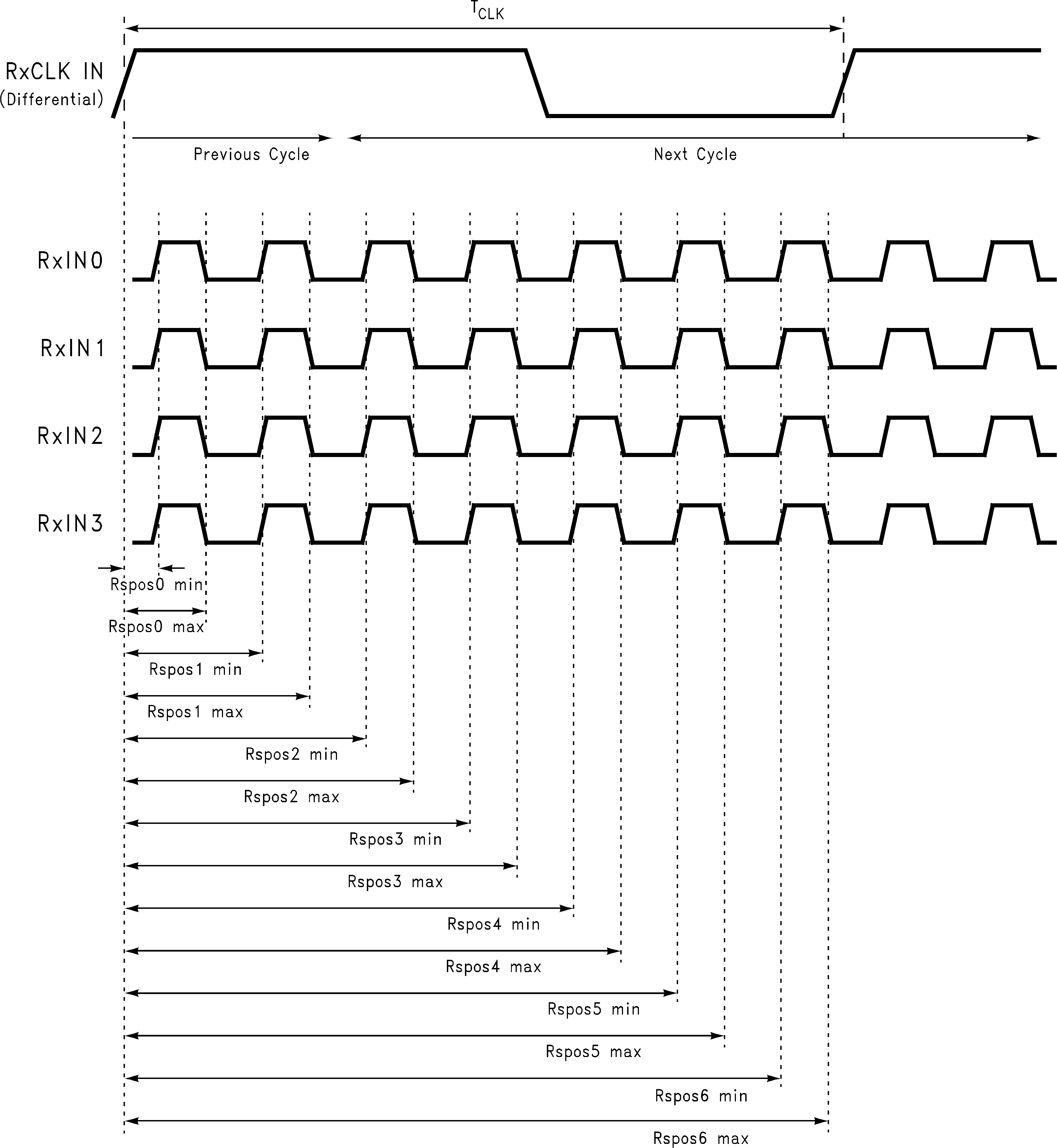 Figure 11. DS90CF386 (Receiver) LVDS Input Strobe Position
Figure 11. DS90CF386 (Receiver) LVDS Input Strobe Position
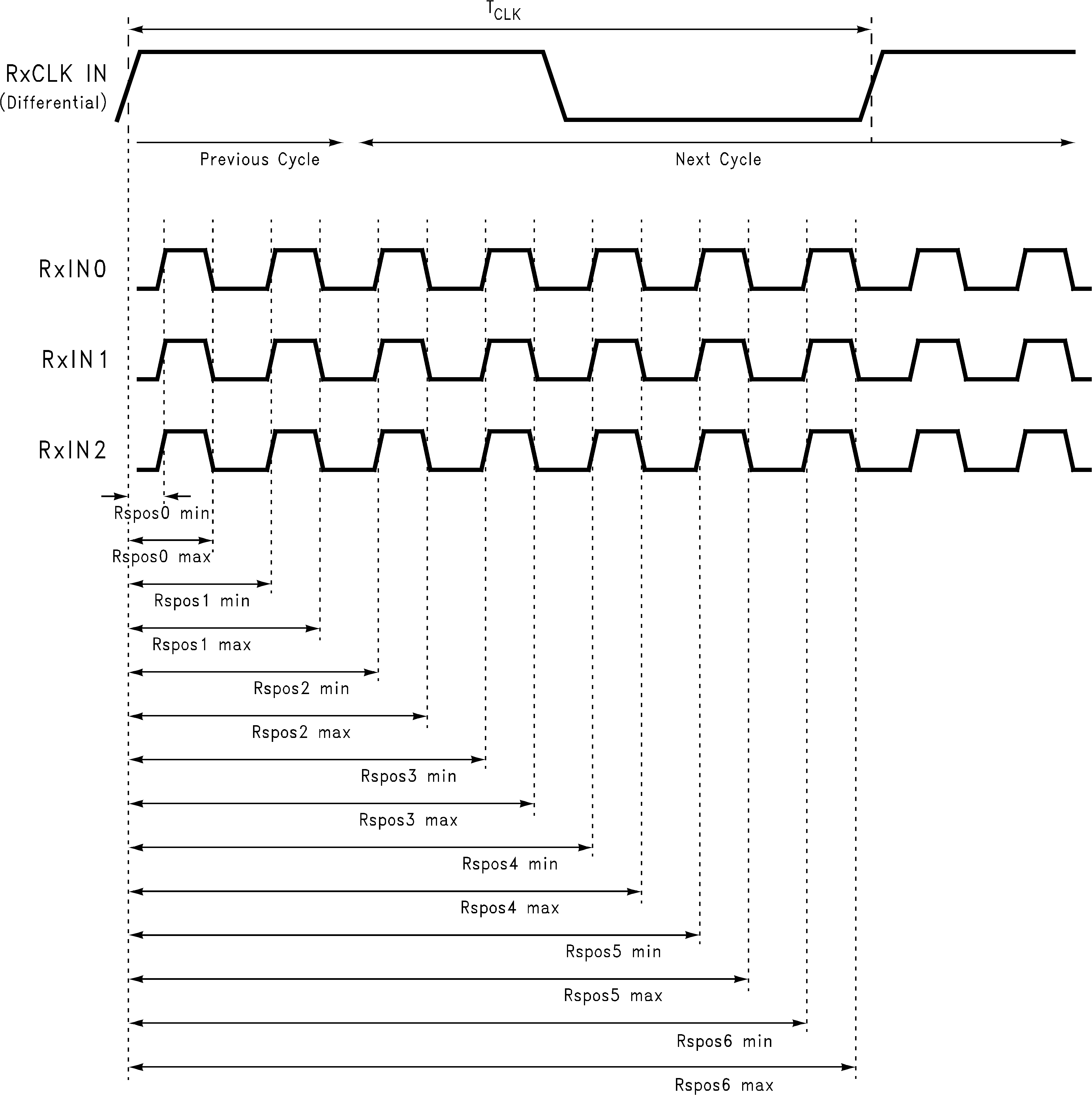 Figure 12. DS90CF366 (Receiver) LVDS Input Strobe Position
Figure 12. DS90CF366 (Receiver) LVDS Input Strobe Position

C: Setup and Hold Time (Internal data sampling window) defined by Rspos (receiver input strobe position) min and max
Tppos: Transmitter output pulse position (min and max)
Cable skew: Typically 10 ps–40 ps per foot, media dependent
RSKM = Cable skew (type, length) + source clock jitter (cycle-to-cycle)(1) + ISI (inter-symbol interference)(2)
Tppos: Transmitter output pulse position (min and max)
Cable skew: Typically 10 ps–40 ps per foot, media dependent
RSKM = Cable skew (type, length) + source clock jitter (cycle-to-cycle)(1) + ISI (inter-symbol interference)(2)
(1) Cycle-to-cycle jitter depends on the Tx source. Clock jitter should be maintained to less than 250 ps at 85 MHz.
(2) ISI is dependent on interconnect length; may be zero.
Figure 13. Receiver LVDS Input Skew Margin
6.8 Typical Characteristics
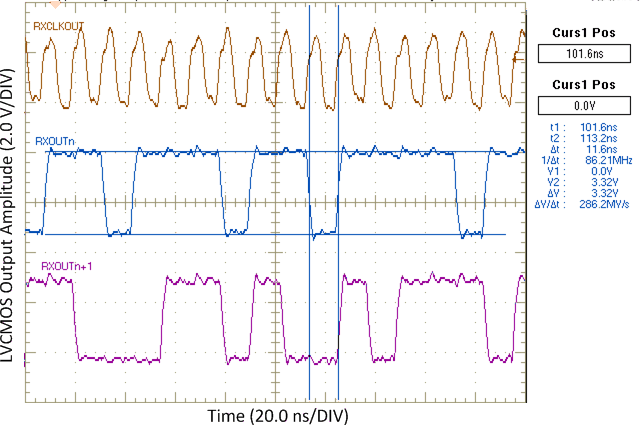 Figure 14. Parallel PRBS-7 on LVCMOS Outputs at 85 MHz
Figure 14. Parallel PRBS-7 on LVCMOS Outputs at 85 MHz
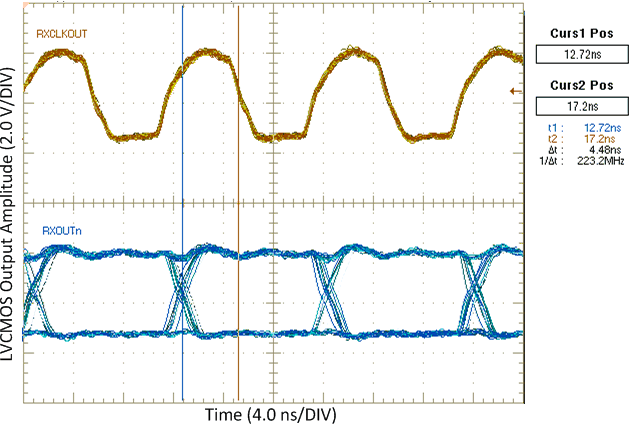 Figure 16. Typical RxOUT Setup Time at 85 MHz
Figure 16. Typical RxOUT Setup Time at 85 MHz (RSRC = 4.5 ns)
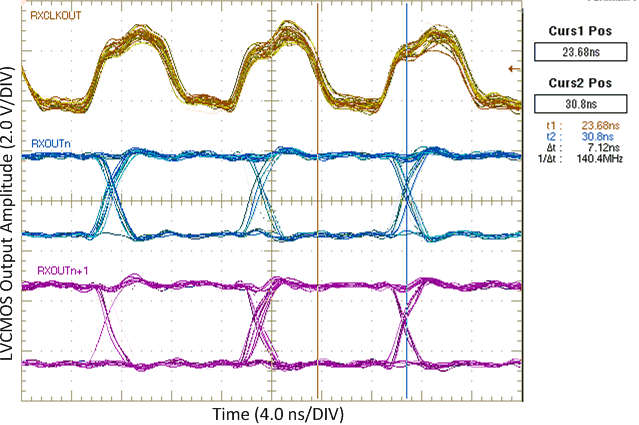 Figure 15. Typical RxOUT Strobe Position at 85 MHz
Figure 15. Typical RxOUT Strobe Position at 85 MHz
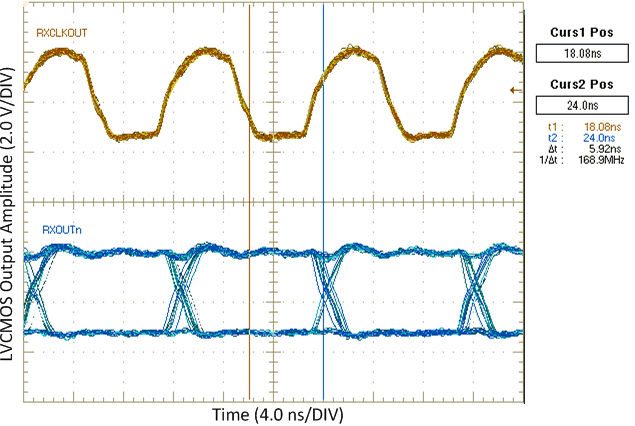 Figure 17. Typical RxOUT Hold Time at 85 MHz
Figure 17. Typical RxOUT Hold Time at 85 MHz (RHRC = 5.9 ns)
